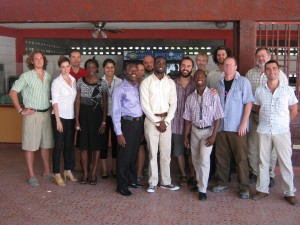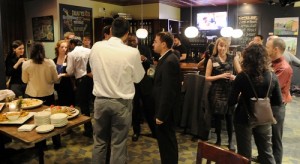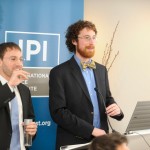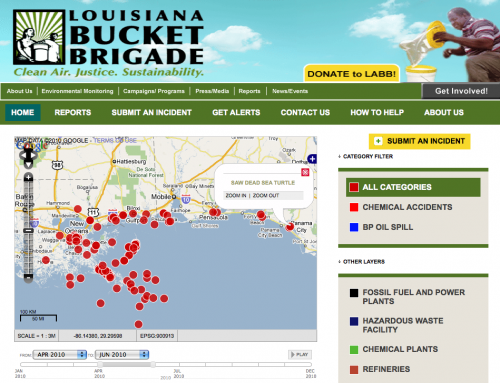This past Fall, I was fortunate enough to participate in an online course offered by TechChange; Mobiles for International Development – TC105. If you’re unfamiliar with TechChange, their mission is as follows: “TechChange trains leaders to leverage relevant technologies for social change.” There are several resources I look to through my contacts, social media, and research in the field of Information and Communication Technologies for Development (ICT4D), and TechChange is one on which I strongly rely.
How important is formal education in this rapidly changing and growing field of tech for social change? Due to the fluid nature of technology and the necessity to apply sustainable tech solutions, where they also make sense. It’s important to have educational “institutions” where academics, but more importantly practitioners, can learn, interact and communicate on relevant topics. This serves not just as an educational forum, but a way of sharing best practices, use cases, project successes and failures. We as human beings, learn from these multifaceted approaches, both academic and experiential. Traditional education institutions have been rather slow to integrate the ICT4D discipline into formal graduate level degree programs, with a couple of exceptions at the University of Manchester and the University of Colorado – Boulder. So TechChange and their curriculum is serving to bridge the gap in education with their certificate courses. Other offerings in the TechChange catalog are listed here.
So this brings me to the title of this post, Planting Seeds. Through the TechChange blended learning environment, Twitter chats, Skype calls, etc…I was able to meet “like minded souls” already working in the social change space in Haiti. Once I found I’d be traveling to Haiti to conduct some work and assessments for our Notre Dame Haiti Program and two additional TechChange TC105 students were already working in the country, we discussed getting together for an informal lunch meeting to discuss mobile tech and more specifically, the application of FrontlineSMS in our respective programs. The seeds were planted!
 Our TC105 moderator for Team Deserts, Flo Scialom (Community Manager extraordinaire of FrontlineSMS in the UK), offered her expertise in community building to help pull us, and others together. Each day, as we criss-crossed Port-au-Prince and Leogane with meetings at various ISP’s and Mobile Network Operators, I’d get an email from Flo, “Tom, do you have room for one more?”, “Do you have space for another?”…etc…The seeds were watered and nurtured!
Our TC105 moderator for Team Deserts, Flo Scialom (Community Manager extraordinaire of FrontlineSMS in the UK), offered her expertise in community building to help pull us, and others together. Each day, as we criss-crossed Port-au-Prince and Leogane with meetings at various ISP’s and Mobile Network Operators, I’d get an email from Flo, “Tom, do you have room for one more?”, “Do you have space for another?”…etc…The seeds were watered and nurtured!
So what started with three or four for an informal lunch, turned into 17 individuals, representing five continents and eight countries – and a full blown FrontlineSMS meet-up luncheon at the Babako Restaurant in Port-au-Prince. The organizations at the table represented many sectors in the aid and development community: microfinance, sexual violence, IDP camp resettlements, human rights abuses, education, and public health. It really was inspiring to look around that table and realize how many Haitians were benefiting from the dedication of these individuals and their organizations. A true force multiplier! The seeds sprout!
The talk revolved around FrontlineSMS setup, configuration and use cases, as well as other mobile and open-source tools in the social change arena, such as RapidSMS, Ushahidi, OpenMRS, openrosa, and more. So this group was not so much about a single software application, but more about affecting change with any technology – fostering a community of practice around ICT4D/M4D, and educating ourselves about opportunities for change using technology. The flower blooms!
The big win was looking around the table, as diverse as our needs and applications are; we all shared a common purpose, enthusiasm and a collective knowledge, to affect positive change with technology. It’s my hope this group will continue to grow – to blossom to include others and be self sustaining, which will amplify the positive impact for our Notre Dame Haiti Program, the other organizations at the meet-up and ultimately the Haitian people.











